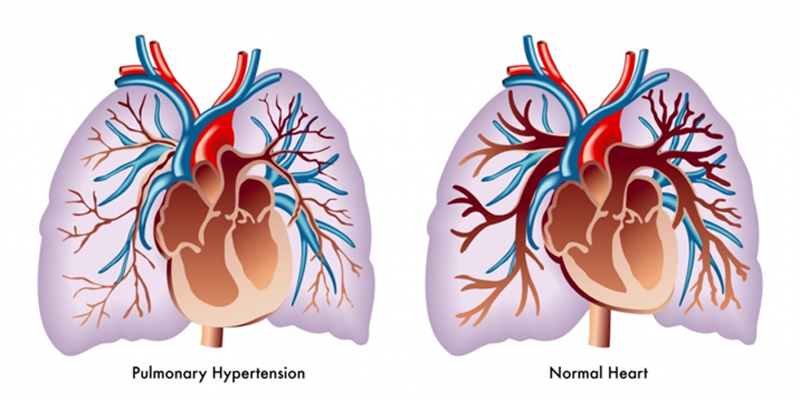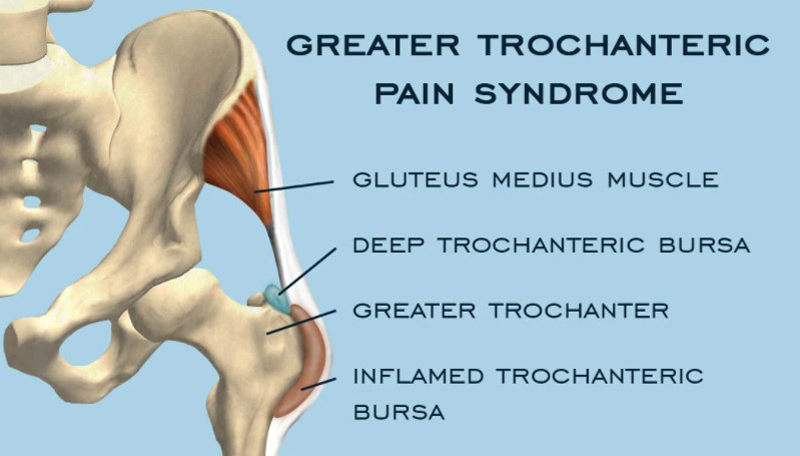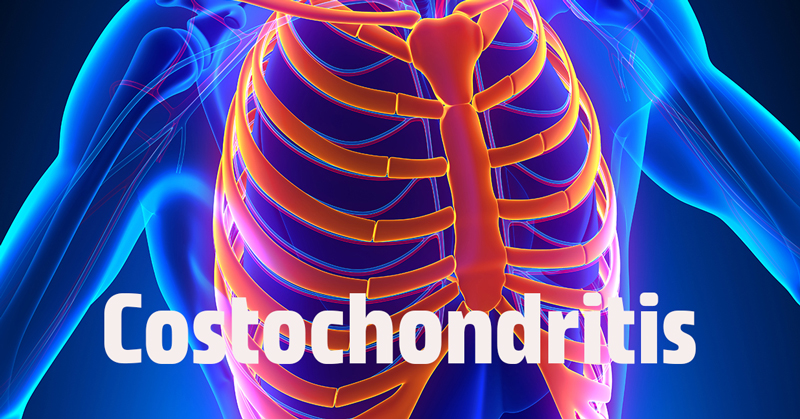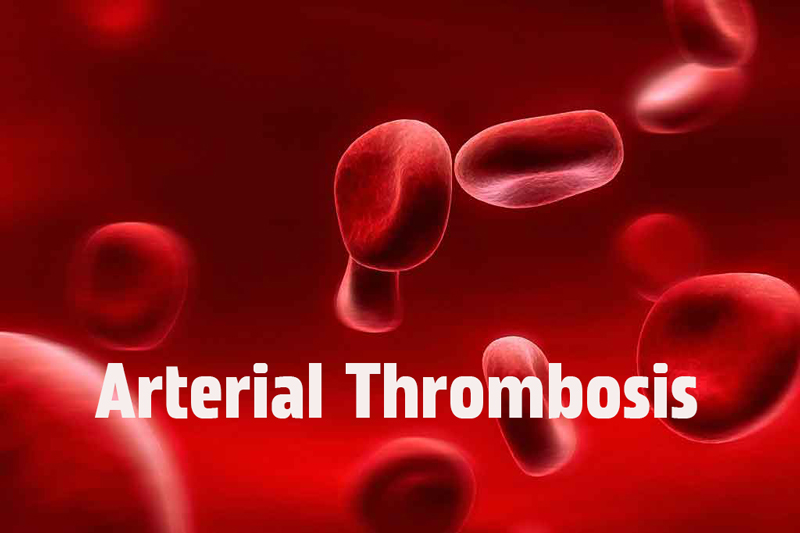Carotid Endarterectomy - Advantages, Shortcomings, and Causes of Plaque Buildup
Sept. 20, 2023 #Cholesterol
Carotid Endarterectomy: A Procedure to Remove Plaque from the Arteries
Carotid endarterectomy is a surgical procedure that is used to remove fat deposits, known as plaque, from the carotid arteries. The carotid arteries are on each side of the neck and they supply oxygen-rich blood to the brain. In case of carotid stenosis, plaque deposits narrow these blood vessels and the blood supply is impaired, causing a stroke.
Key Points:
- Carotid endarterectomy involves the removal of plaque from the carotid arteries.
- The procedure is necessary when carotid stenosis restricts blood flow, raising the risk of stroke.
- A surgeon opens the artery during the procedure and eliminates the plaque, reducing stroke risk.
- Carotid endarterectomy helps enhance blood flow and restores normal artery function.
While carotid endarterectomy offers several advantages, it is important to be aware of potential risks and complications associated with the procedure, such as infection or nerve damage. Plaque buildup in the arteries is primarily caused by atherosclerosis, a condition characterized by the accumulation of cholesterol and other substances on artery walls. Adopting a healthy lifestyle, including regular exercise, a balanced diet, not smoking, and managing risk factors like high blood pressure and diabetes, can help reduce the chances of needing a carotid endarterectomy.
Advantages of Carotid Endarterectomy
Carotid endarterectomy offers several advantages in treating carotid stenosis and reducing stroke risk:
1. Reduction in Stroke Risk
Carotid endarterectomy significantly reduces the risk of stroke by removing plaque buildup from the carotid arteries. This procedure restores normal blood flow to the brain, preventing strokes. It also acts as a preventive measure against future strokes by addressing the underlying cause of carotid stenosis.
2. Improved Blood Flow
By removing blockages caused by plaque buildup, carotid endarterectomy improves blood flow in the carotid arteries. This ensures optimal brain function by supplying oxygen and essential nutrients. Restoration of normal blood flow also alleviates symptoms associated with carotid stenosis, such as dizziness, difficulty speaking, or weakness on one side of the body.
3. Restoration of Arterial Function
Carotid endarterectomy helps restore the normal functioning of the carotid arteries by eliminating plaque deposits. It not only removes existing plaque but also reduces the risk of future buildup, promoting long-term artery health and efficiency. This restoration of arterial function contributes to overall cardiovascular health and reduces the risk of further complications related to carotid stenosis.
Carotid endarterectomy is typically recommended for individuals with significant carotid stenosis and a high risk of stroke. An individualized evaluation and consultation with a doctor can determine if this procedure is the appropriate treatment option.
Shortcomings of Carotid Endarterectomy
While carotid endarterectomy offers advantages, there are potential shortcomings and considerations to keep in mind:
Risk of Complications
As with any surgery, carotid endarterectomy carries a risk of complications. These can include infection, bleeding, blood clots, or nerve damage. Although rare, these complications can occur during or after the procedure. Patients should discuss potential risks with their healthcare provider and be aware of post-surgery signs and symptoms to watch for.
Suitability for All Patients
Not all patients may be suitable candidates for carotid endarterectomy. Factors such as the severity of carotid stenosis, overall health, or the presence of other medical conditions can influence the decision to recommend this procedure. Individuals should undergo a thorough evaluation and consultation with a healthcare professional to determine the appropriate treatment option for their specific case.
Prior to making a decision about carotid endarterectomy, patients should discuss the benefits, potential risks, and alternative treatment options with their healthcare provider.
Causes of Plaque Buildup in the Arteries
Plaque deposits in the arteries primarily result from a condition known as atherosclerosis. Atherosclerosis is a progressive disease characterized by the buildup of fatty plaques, cholesterol, and other substances on and in the artery walls. It can lead to the narrowing and hardening of the arteries.
Several factors contribute to the development of arterial plaque:
- Abnormal cholesterol levels: High levels of LDL cholesterol ("bad cholesterol") and low levels of HDL cholesterol ("good cholesterol") increase the risk of plaque buildup.
- Elevated levels of inflammatory markers: Chronic inflammation in the arteries contributes to plaque development.
- High blood pressure: Increased blood pressure damages arterial walls, making them more susceptible to plaque formation.
- Diabetes: Individuals with diabetes have a higher risk of atherosclerosis due to elevated blood sugar levels that can damage blood vessels.
- Smoking: Chemicals in tobacco smoke damage arterial walls and promote plaque formation.
- Obesity: Excess body weight, particularly around the waist, is associated with an increased risk of atherosclerosis.
- Family history: Genetic factors can increase the risk of plaque formation and atherosclerosis.
- Unhealthy diet: Consuming a diet high in saturated fats, trans fats, and cholesterol contributes to plaque buildup.
It is important to maintain a healthy diet and make the necessary lifestyle changes to prevent atherosclerosis (plaque build-up in the arteries). Regular exercise, adopting an active llfestyle, quitting smoking and managing stress levels is key in preventing this disease.









COMMENTS